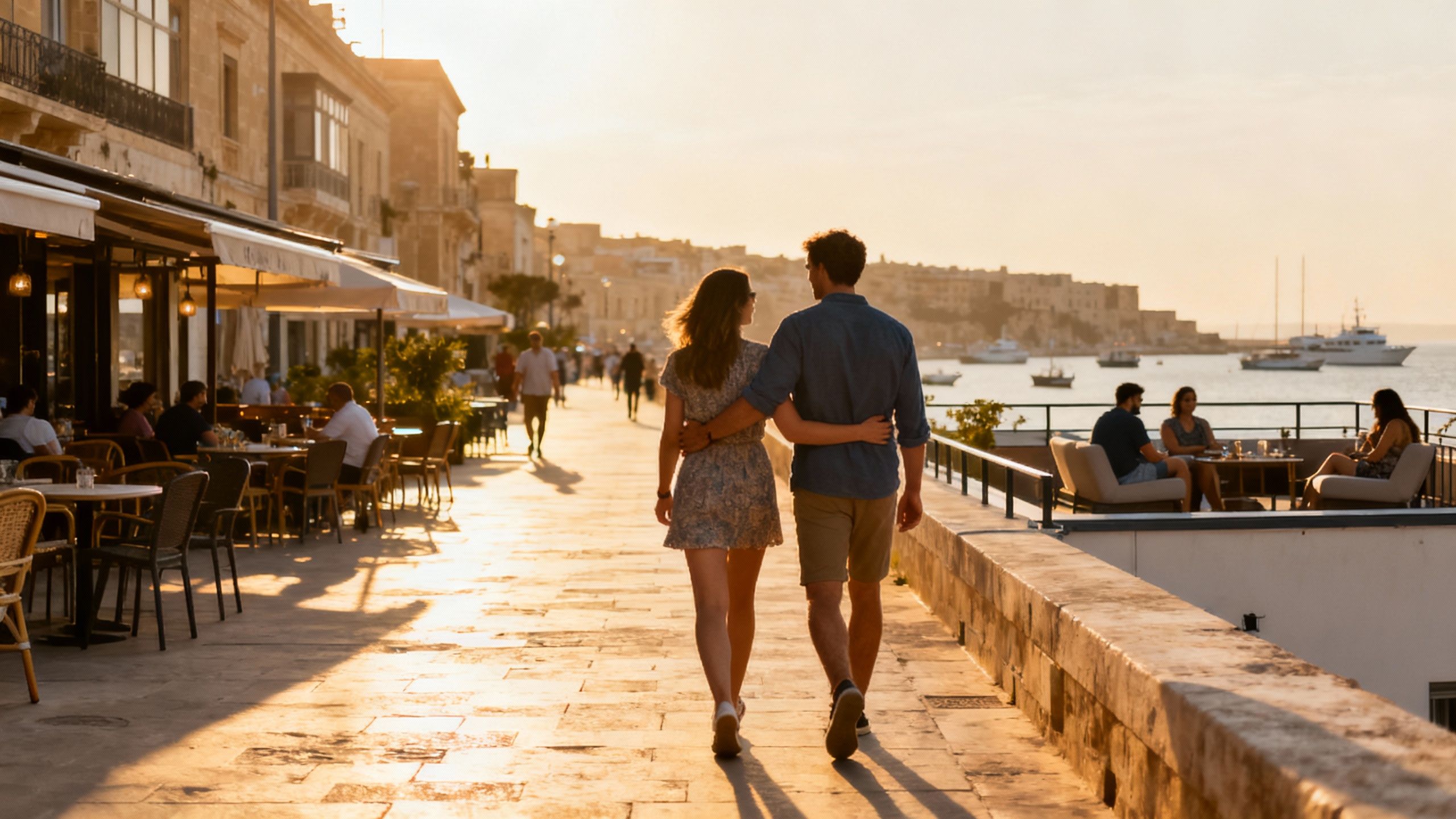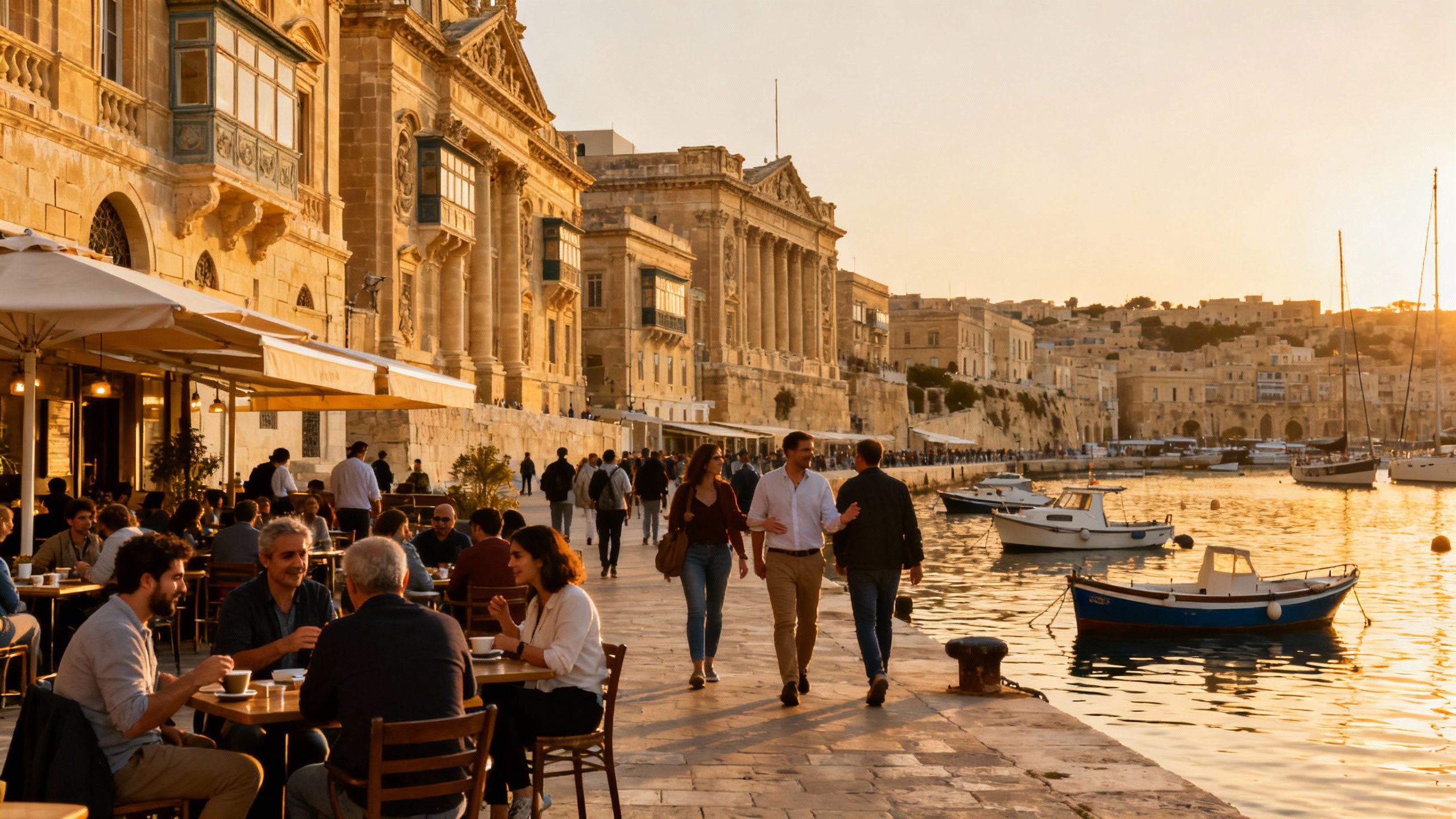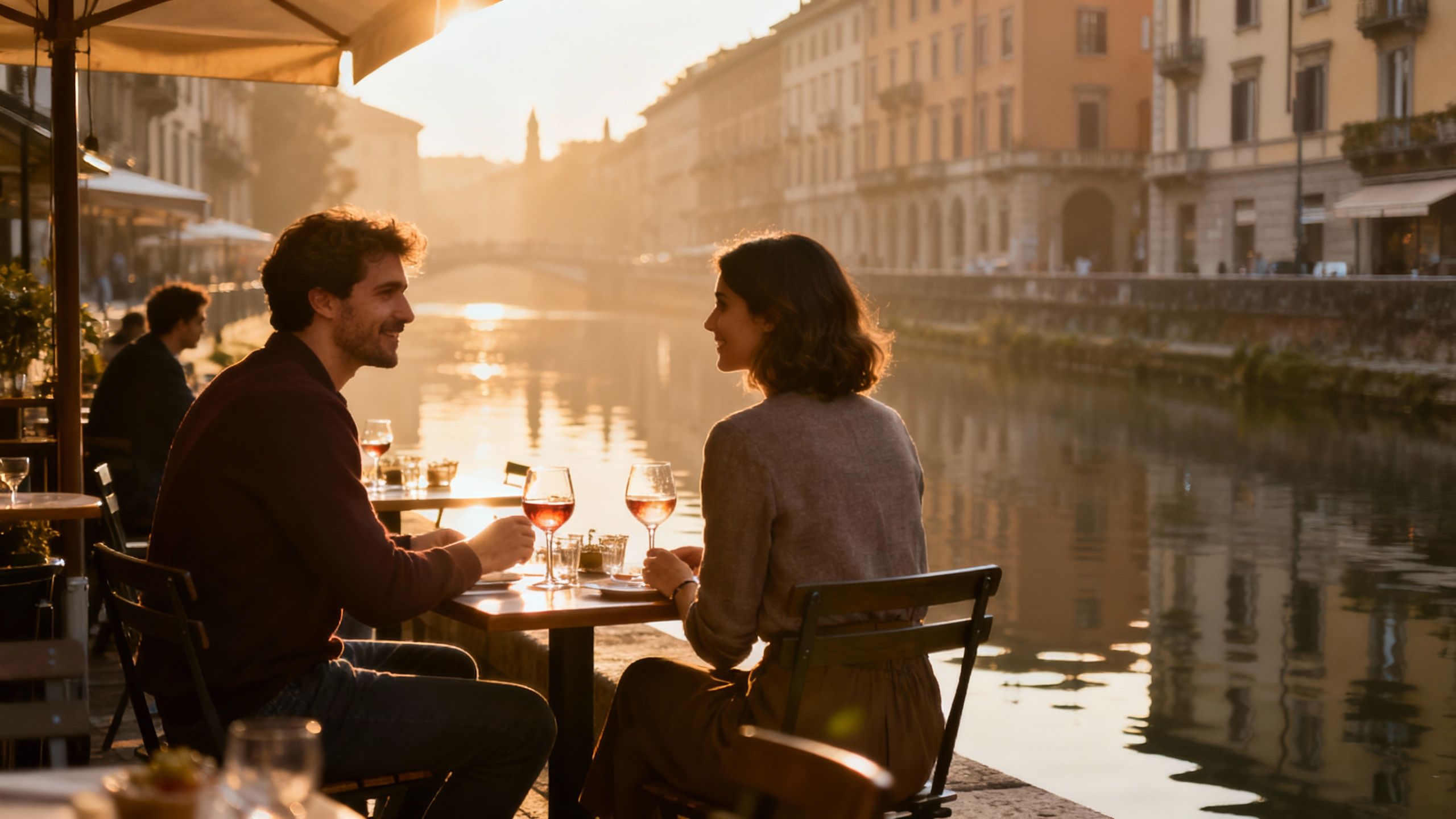France: Choose the Life First, Then the Property
France’s residential life is shaped by markets, seasons and provenance; Q1 2025 data show modest price recovery—choose property by lifestyle first, market data second.
Imagine the morning light on a narrow rue in Aix, croissants steaming on a café table, and a neighbour pausing to exchange the day’s market news. That quotidian scene is the draw for buyers who come to France not merely for property but for a way of life: markets, measured rhythms, regional pride and houses that wear their history with evident grace. Yet the market that underwrites those scenes is quietly dynamic — not a feverish sprint but a sequence of local pulses that differ from Paris to Provence. Understanding those pulses is the difference between buying a beautiful house and securing a residence that rewards both living and stewardship.
Living the French Life — what you wake up to
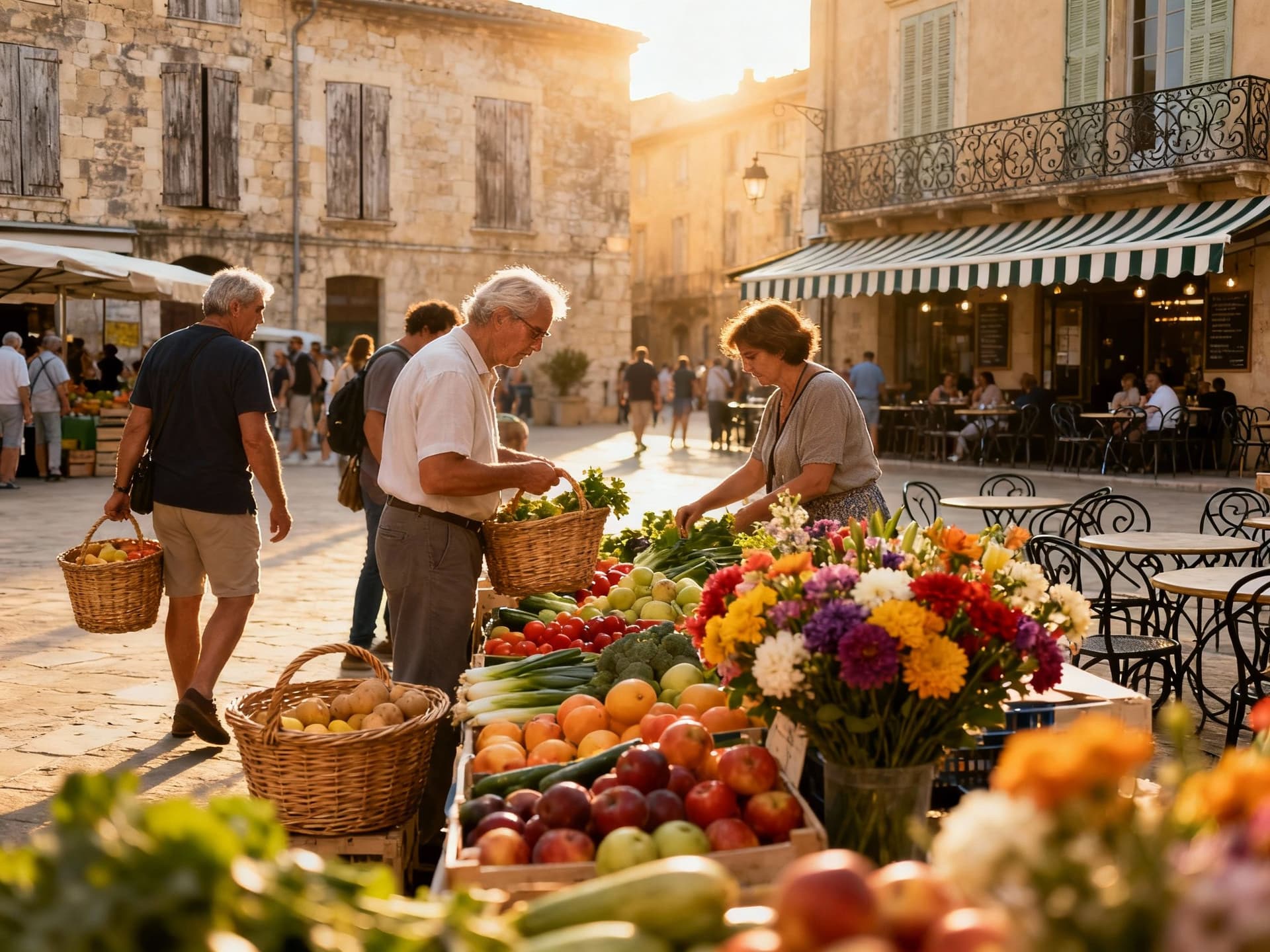
Start with mornings: in most provincial towns the day begins at the market. Paris and the Riviera have their own tempo — brisker, more cosmopolitan — but away from major centres you encounter a more deliberate cadence: boulangeries opening at seven, post-war façades warmed by late light, and neighbourhood cafés where you learn names within a fortnight. These rhythms shape what property means: a terrace for morning coffee, a modest garden for herbs, storage for bicycles rather than an oversized garage. Recent national data show prices stabilising and even edging up in early 2025, which means lifestyle choices increasingly govern where value still lingers. (See INSEE’s Q1 bulletin for context.)
Neighbourhood spotlight — Le Panier, Marseille; Vieux-Lille; Saint-Germain
Le Panier’s cobbled alleys and artisan ateliers suggest a neighbourhood that rewards patient discovery: cafés with enamel cups, ateliers tucked behind weathered shutters and terraces that overlook the Old Port. Vieux-Lille combines Flemish brick, discreet courtyards and a food culture that carries on through the evening; it suits buyers who prize walkability and local markets over panoramic sea views. Saint‑Germain in Paris remains a study in refined urban living: narrow streets, bookshops and salons that lend meaning to compact, well-proportioned apartments. Each of these districts provides a distinct living proposition — proximity to culture, daily markets, or quiet residential intimacy — and each will demand a different search brief from your agent.
Food, market life and seasonal colour
Markets are not a tourist novelty; they are the social infrastructure of French life. Weekends revolve around stalls of charcuterie, seasonal produce, and conversations that lead to restaurant recommendations and renovation referrals. The seasonal ebb — summer festivals on the Riviera, mushroom foraging in Dordogne, truffle markets in Périgord — layers additional demand onto local markets, often producing short windows when the right property appears. For many buyers the market scene is decisive: it determines whether a kitchen is used for entertaining or simply for occasional meals, and it colours the neighbourhood you will ultimately inhabit. The Financial Times has noted the persistence of domestic second‑home demand, which shapes regional pricing patterns and local sentiment.
- Market-to-table highlights: March markets in Aix-en-Provence; weekly marché at Cours Saleya, Nice; Marché des Capucins in Bordeaux; seasonal truffle markets near Périgueux
Making the move: how lifestyle shapes practical choices
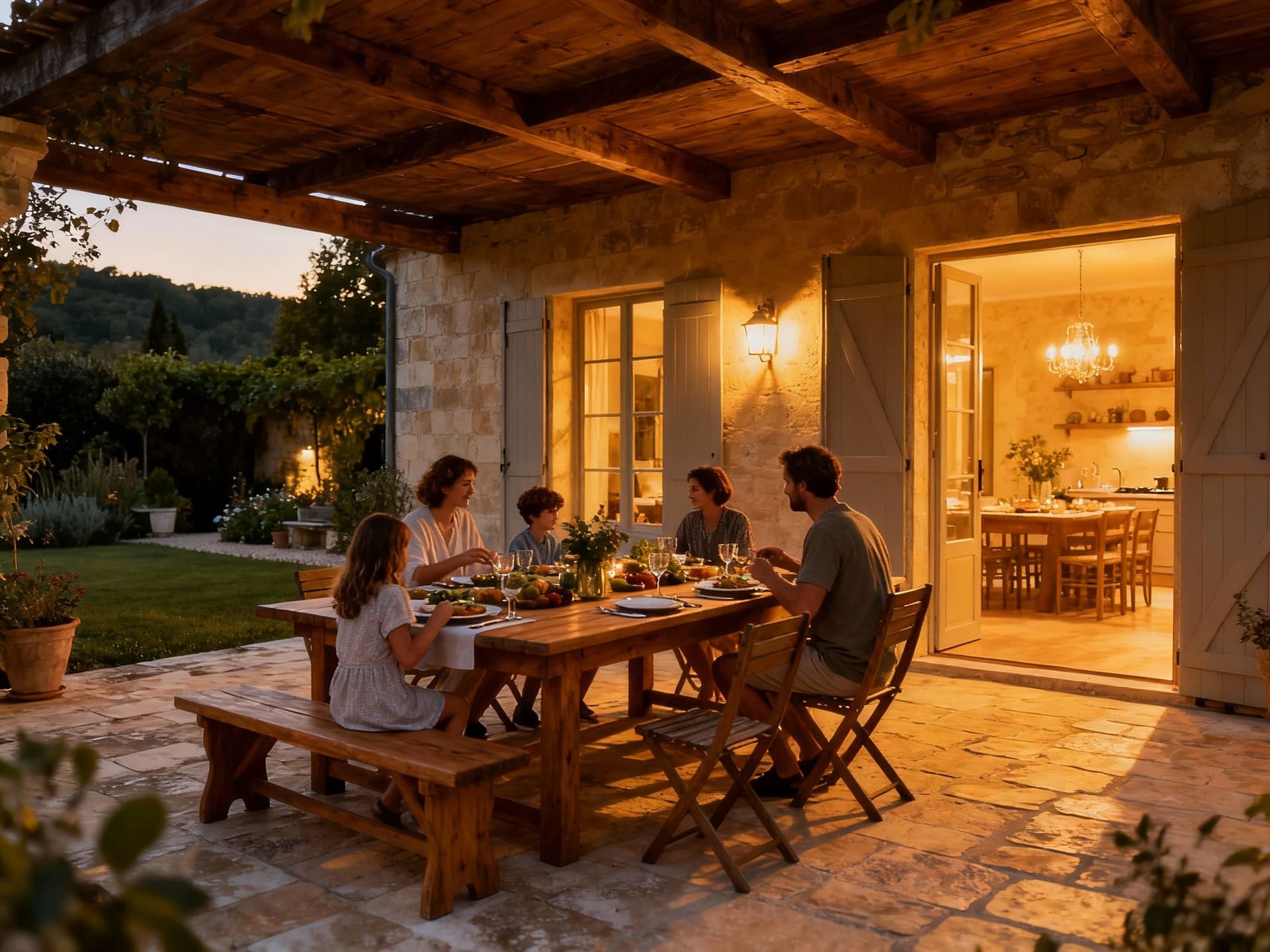
If the imagined life is your first priority, practical questions follow in predictable order: which property type facilitates that life, what season is sensible for house hunting, and which local experts will protect your interests. The national price indices from Notaires‑INSEE show that second‑hand prices began rising again in Q1 2025 after a period of stability, with regional variations between Île‑de‑France and the provinces. That means patience and a focused brief can capture value: select a region where prices are still moving modestly and where the lifestyle you want is underappreciated by international buyers.
Property types and how they serve life
A Provençal maison de village offers sunlit courtyards and thick stone walls that moderate summer heat; a Parisian Haussmann apartment provides proportions and light ideal for an urban life of salons and galleries. Renovated farmhouses in Normandy or the Loire answer buyers who want land and workshops; contemporary villas on the Côte d’Azur suit those who prize indoor‑outdoor flow and view corridors. Your choice should hinge on how you intend to live: daily markets and short walks, or privacy and gardens that host friends seasonally. Local planning rules and historical protections can affect alterations, so weigh lifestyle desires against renovation scope.
Working with local experts who understand lifestyle
- How a local, lifestyle‑minded agency helps: 1) They curate a shortlist of properties that match the life you described — a boulangerie nearby, a manageable garden, or a walkable high street. 2) They test the neighbourhood at times that matter: a market morning, an evening service, and a household‑errand weekday. 3) They advise on realistic renovation timelines where traditional materials and craft are essential. 4) They alert you to seasonal risks — river flooding, summer water restrictions, or winter heating needs — that affect running costs. 5) They connect you with craftsmen, notaires and translators who respect provenance and craft rather than quick fixes.
Insider knowledge — what expats wish they’d known
Many expats arrive enchanted by façades and weekend festivals, and discover that life in France rewards small rituals more than grand gestures. Language matters less for daily life than patience: a few conversational phrases open doors in markets and the local mairie, and reliance on local networks often speeds administrative processes that otherwise stall. Seasonality is not merely weather; it is the beat that sets service availability, renovation schedules and even social invitations. Finally, stewardship matters: owning a historic property in France carries an unspoken responsibility to materials and neighbours that is part of the cultural contract.
Cultural integration and community
To be accepted as a neighbour here is to participate in the everyday—attend a fête votive, bring a small gift to an aperitif, and shop the market rather than the supermarket when possible. Schools, local associations and small cultural institutions are where real relationships form; they are also where you assess whether you belong for the long term. Expat enclaves exist, but the most durable happiness comes from a hybrid life: local rhythm with international ties. Agents who broker more than transactions — who act as cultural translators — will materially improve both the purchase experience and early years of settlement.
Thinking long term — durability, provenance and value
- Long‑term considerations to weigh: 1) Choose materials and architects with respect for provenance — authentic restoration holds value. 2) Prioritise neighbourhoods with transport connectivity and local services — these sustain demand beyond fashion. 3) Understand seasonal maintenance costs — heating, water, and garden upkeep differ by region. 4) Consider rental patterns if you plan occasional letting — urban apartments and Riviera villas behave differently. 5) Confirm local planning protections that may restrict extension but preserve character, which often supports resale value.
There is an elegant economy to buying in France: properties that reflect local craft, in neighbourhoods governed by daily life rather than tourism, tend to endure as both homes and investments. Start with imagining a day — a market morning, an afternoon walk, an evening with local friends — then ask an advisor to translate that image into an address. Agencies with deep regional expertise and a reputation for careful curation will preserve both the lifestyle and the value you seek. When you are ready, request viewings that test the life you want at market time, not only during staged showings.
Next steps: visit in the season you plan to live, request local references from your agent, and prioritise properties that answer the daily rituals you cherish. If you would like, we can connect you with curated agents across Provence, Île‑de‑France and the Atlantic coast who specialise in lifestyle‑led purchases and steward properties with respect for provenance. Begin with a brief: describe the day you most wish to live and let that image guide the search.
Relocating from London to Mallorca in 2014, I guide UK buyers through cross-border investment and tax considerations. I specialise in provenance, design integrity, and long-term value.
